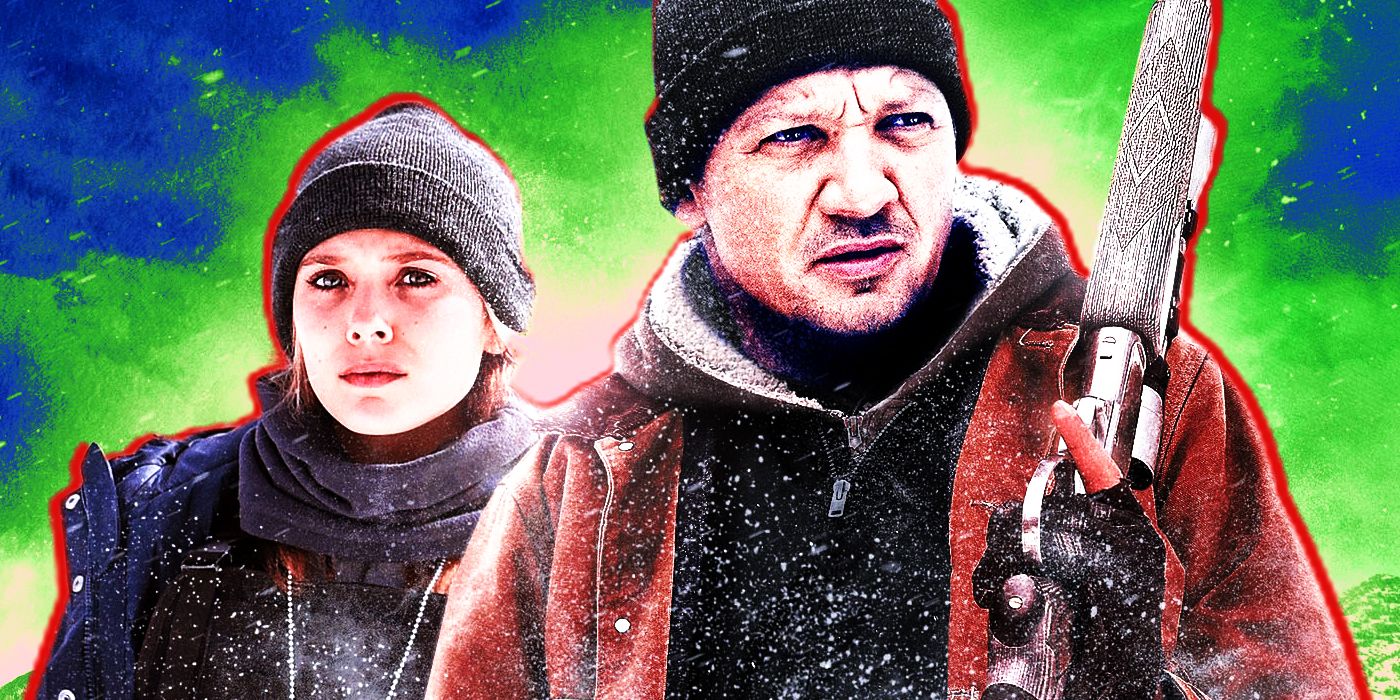
SUMMARY
Wind River showcases stellar performances from MCU stars Jeremy Renner, Elizabeth Olsen and Jon Bernthal.
The film sheds light on Indigenous Americans’ struggles, highlighting systemic prejudice and the harsh reality of life on reservations.
Despite some criticisms, Wind River is a necessary look at America’s racist underbelly and a wake-up call for viewers.
Warning: The following contains discussions of sensitive topics. Please proceed with caution.
One of the best things that the Marvel Cinematic Universe has done for fans and moviegoers is introduce them to a whole generation of talented actors and filmmakers they may not have ever heard of otherwise. While there are many examples of this trend, few are better than Jeremy Renner and Elizabeth Olsen. Before they took on the roles of Hawkeye and Scarlet Witch, respectively, Renner and Olsen were primarily known for starring in smaller, indie movies. Renner’s biggest movies before his cameo in Thor were 28 Weeks Later and the Academy Award-winning The Hurt Locker. Meanwhile, Olsen was best known for being the love interest in the MonsterVerse’s beginning, Godzilla (2014), before she really took off in Avengers: Age of Ultron a year later.
After the MCU turned Renner and Olsen into household names, their newfound fame helped their next collaboration, Wind River, reach a brand-new audience. Written and directed by Yellowstone co-creator Taylor Sheridan, Wind River hearkens back to the kinds of movies that Renner and Olsen starred in before their MCU tenures. It is a bleak Neo-Western set in the desolate and snowy landscapes of the Wind River Indian Reservation in Wyoming. In the film, Renner and Olsen portray law enforcers who work together to find the people responsible for murdering a teenager from the Northern Arapaho tribe. Wind River is best known among general audiences for starring Hawkeye and Wanda as cops, but it also featured a third MCU star in one of the movie’s darkest surprises.
1:38

Elizabeth Olsen’s Scarlet Witch returns to the MCU for the first time since her apparent demise in Doctor Strange in the Multiverse of Madness.
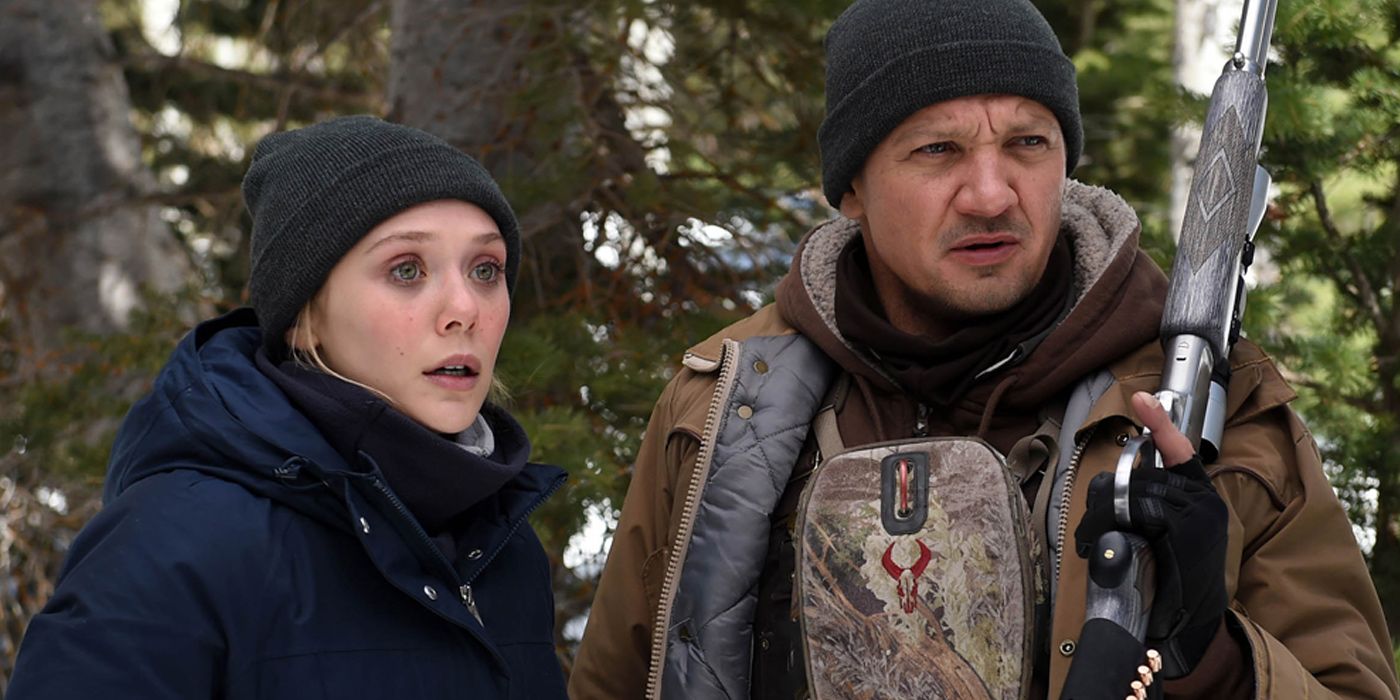
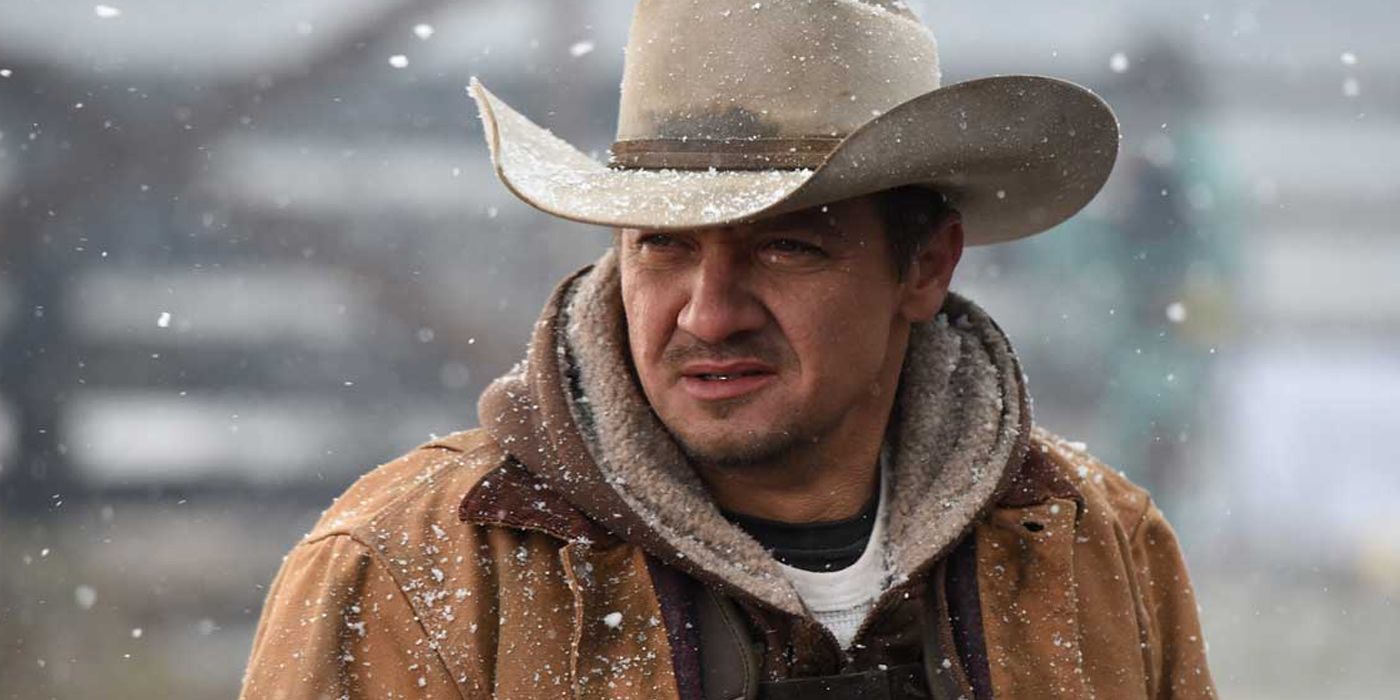
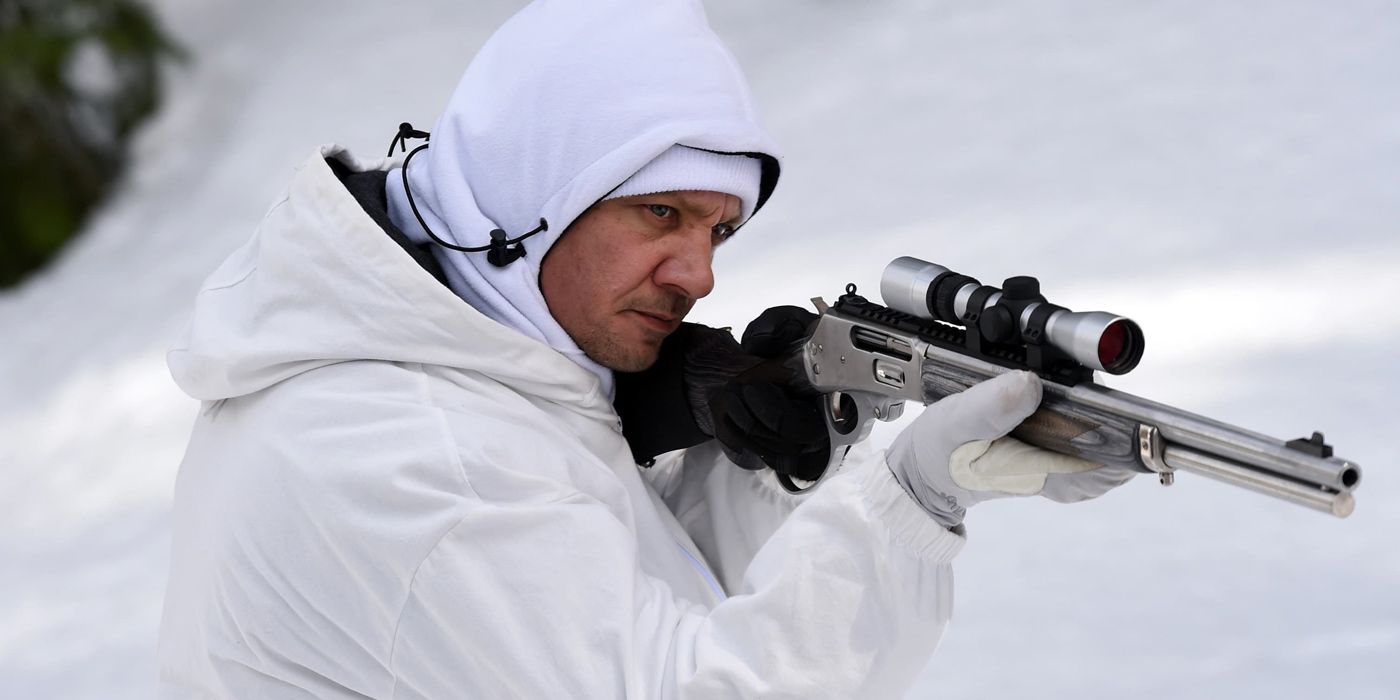

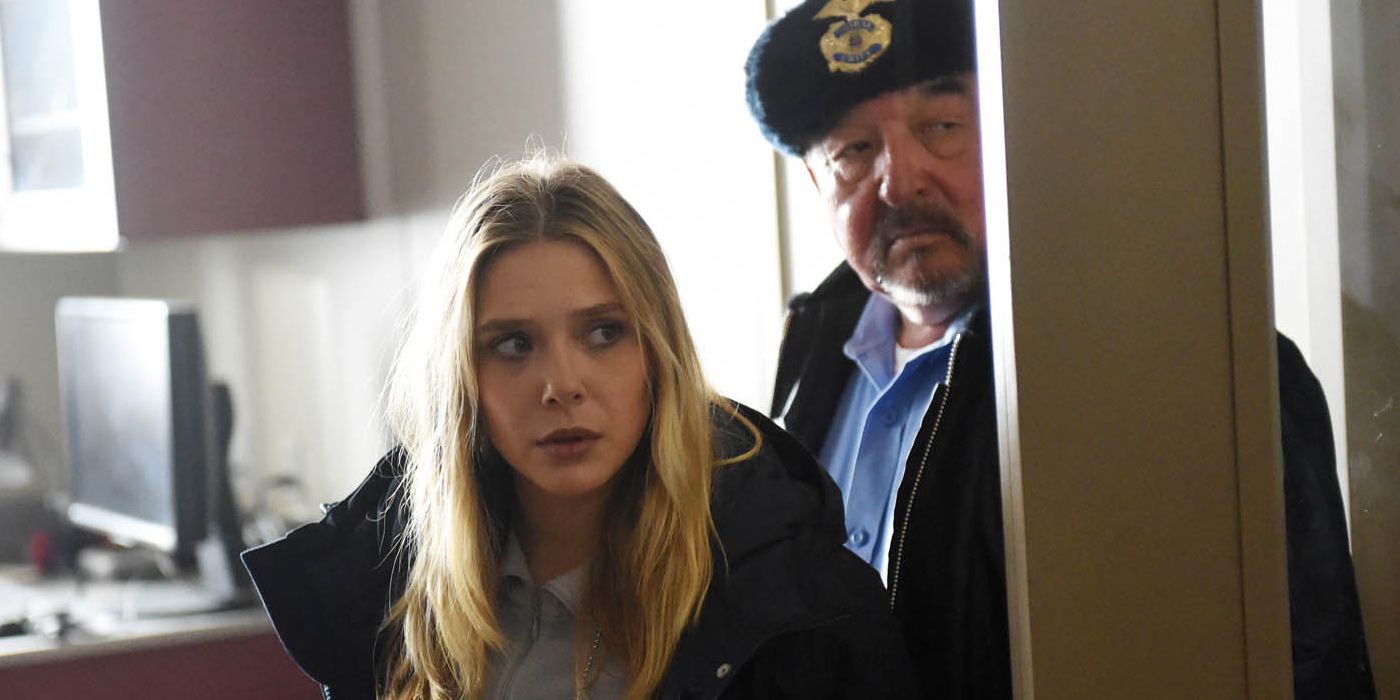
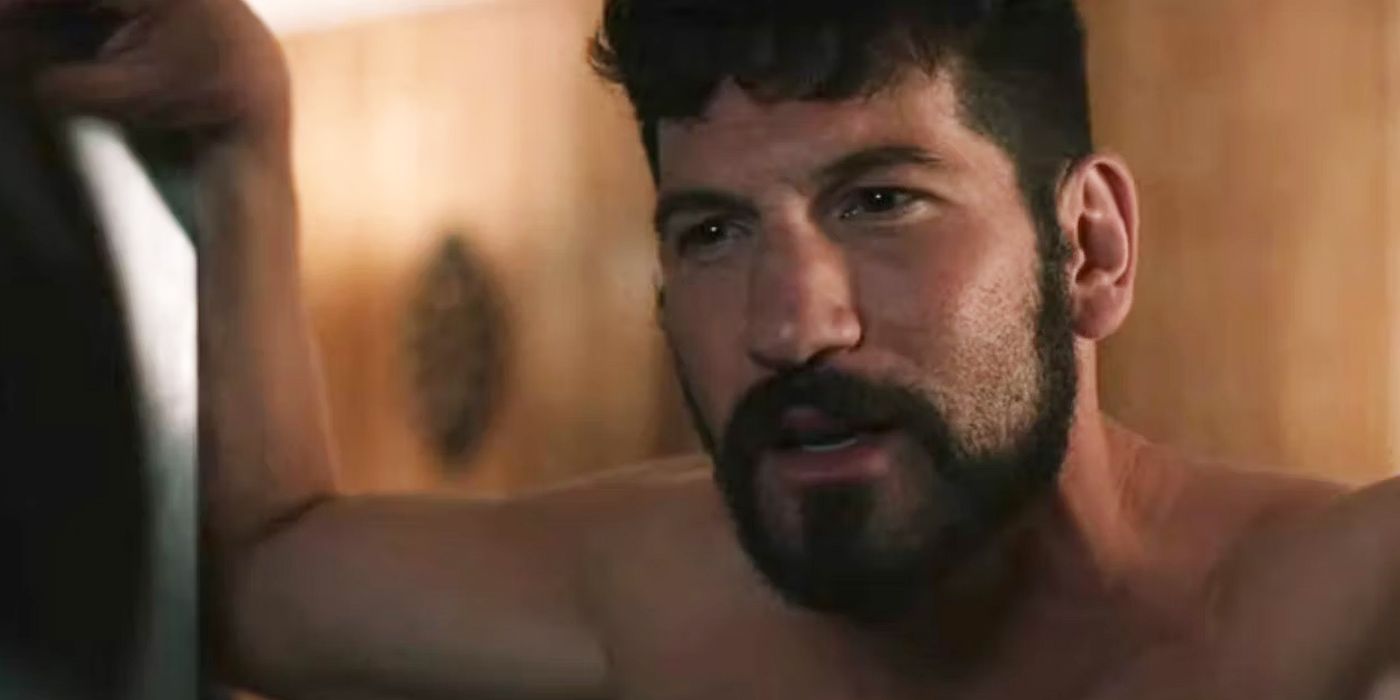
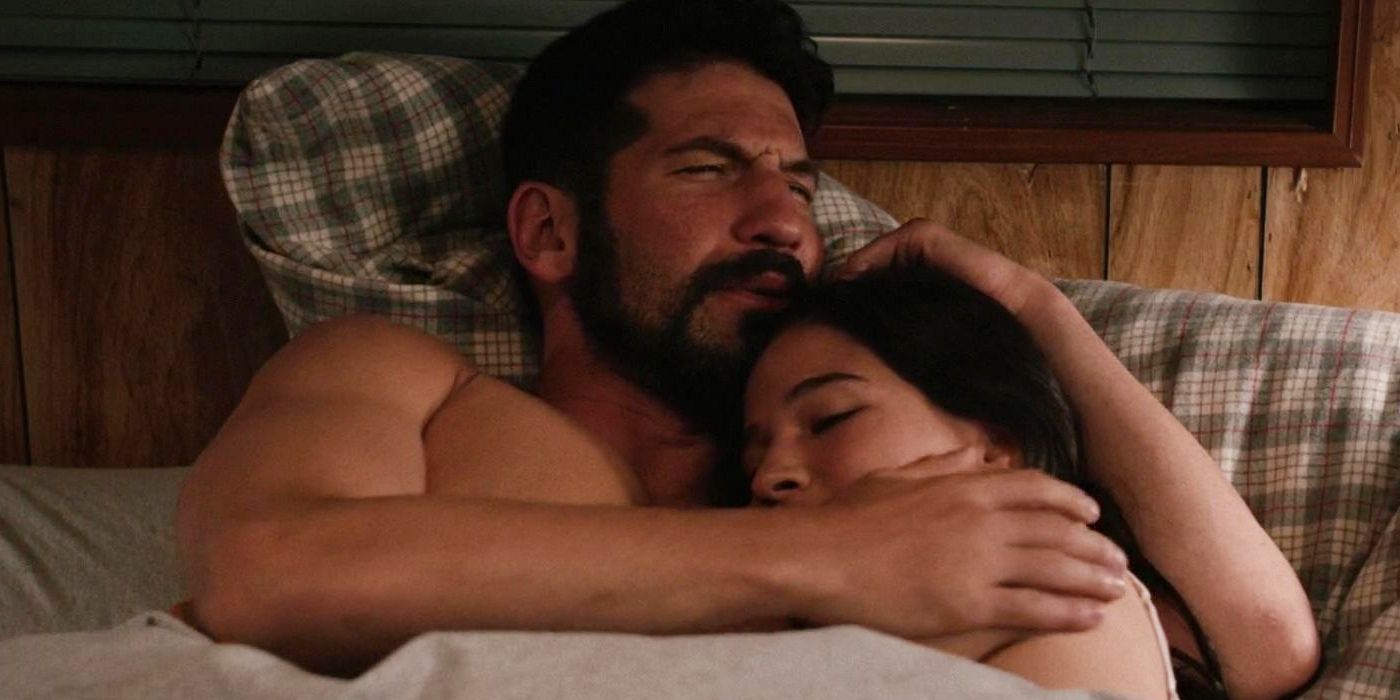




In Wind River, Jeremy Renner plays the movie’s protagonist, Cory Lambert — a U.S. Fish and Wildlife Service agent living on the Wind River reservation. Lambert tracks and kills wild animals that threaten the reservation’s livestock and residents, but what makes him a noteworthy part of the community is the fact that he isn’t a member of the indigenous tribe who lived there. Rather, Lambert became a part of the Native American reservation by marrying a woman from there. Lambert and his wife even had children together, but they separated after their daughter’s assault and murder. Despite this, Lambert stayed in Wind River and protected the reservation since he saw it as his home, setting the stage for the events of Wind River.
The movie kicks off when Lambert discovers a dead body in the snow during a routine patrol. After investigating, Lamber discovers that the woman is barefoot and severely underdressed for the cold — a suspicious combination that insinuates foul play. This opens the door for FBI agent Jane Banner (played by the MCU’s Elizabeth Olsen) to enter the film, and for the rest of its runtime, she helps Lambert investigate the murder. As an outsider to the reservation,Banner occupies a very similar position as the audience. Together, viewers and the FBI agent learn about life in Wind River and come to appreciate its customs, ultimately bringing them closer to its people as a result. In fact, Wind River‘s entire generated subject could be interpreted as a much-needed lesson about the harsh reality of life on the reservations and the systemic prejudice that indigenous people face every day. By the movie’s end, Banner was visibly shaken by her near-death experience at the oil rig, but she grew to care for Wind River and its residents.
Jon Bernthal is Wind River’s surprise third MCU star. In the same year that he became the MCU’s Punisher (Frank Castle), Bernthal appeared in the film as Matt Rayburn: the boyfriend of the deceased woman and a part of the contractual security force of a local oil-drilling site. Matt only appears in a flashback, because he was brutally beaten to death by his coworkers after they barged into his trailer and assaulted his girlfriend, Natalie, who died after escaping into the unforgiving winter.
Whereas Matt’s coworkers complained about their snowy landscape, Matt enjoyed the solitude. He even started a relationship with Natalie, whom he genuinely loved and respected. Unfortunately for MCU fans, Matt dies before Bernthal can share a scene with either Renner or Olsen. The only time Lambert “meets” Matt is when he finds his skeletal remains near some mountain lions’ den, which is where the security force dumped his body to hide the evidence of their crime.
Wind River is an Underrated & Socially Relevant Crime Drama
Wind River Is Also One of the Few Mainstream Movies to Focus on Indigenous Americans
Hawkeye can become an important figure for the future of the MCU by training the New Avengers to take over where the Avengers left off.
Wind River is a stellar movie. Not only is it a well-directed and performed crime drama that emphasizes the humanity and gravity of the situation, but it is also a politically-relevant movie. To date, Wind River is one of the few notable mainstream American movies that highlights Indigenous Americans’ plight in the present day instead of the distant past. The movie doesn’t hold back in showing how unfair and almost hopeless life on the reservations is, and these realities inform everything about Lambert as a person, eventually sparking a change in Banner as well. In brief, Wind River stays true to Taylor Sheridan’s career, which is defined by Westerns and Neo-Westerns that criticize America’s innate brutality and systemic racism.
That’s not to say Wind River is without its criticisms. The biggest and most obvious point lobbied against the film, which is about the struggle of Indigenous Americans, is that its lead actor, Jeremy Renner, is white. To be fair, the movie highlights how Renner’s character truly appreciates the culture of Wind River Reservation. Lambert didn’t relocate to Wind River to save the day or prove that he was better than the locals — he did so because he loved his wife. Even so, it’s hard to deny that his character had shades of the offensive white savior trope. Other critics also opined that, as good as Wind River is, it still perpetuates the tiresome and patronizing clichés about indigenous people’s suffering.
There’s no denying that Indigenous Americans continue to suffer in their homelands thanks to a system that was deliberately built to disenfranchise them and other BIPOC people. This is reflected in other recent films, such as Martin Scorsese’s critically acclaimed Killers of the Flower Moon. Despite their different time periods, Killers of the Flower Moon and Wind River tackle the same themes and confront America’s racist underbelly, foundations and reality. The two movies are perfect for a dark but necessary double feature.
However, Killers of the Flower Moon and Wind River also perpetuate the idea that the only BIPOC stories worth showing in theaters are either historical dramas or ones that chronicled their misery — even if this wasn’t the filmmakers’ intent. Conversely, stories about white people are given free rein when it comes to genre and tone. They can be as imaginative and carefree as they want to be, whereas movies about BIPOC people are almost always expected to be serious social commentaries.
In light of the recent push within the film industry to give BIPOC voices (especially Indigenous Americans) more representation, Wind River can feel like something of a holdover from a bygone era. However, this doesn’t mean that Wind River is bad or that it was never good to begin with; it simply reflects the confines in which BIPOC artists and stories have been constrained by for decades. Wind River is a brutal deconstruction of the white savior myths that Westerns enabled for the better part of a century, and it’s also a necessary look into a cold, hard reality. Even if it shows its age in some parts, Wind River is a wake-up call that needs to be seen at least once.

